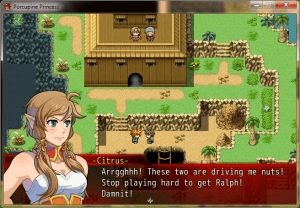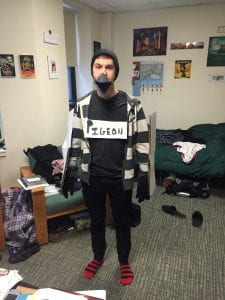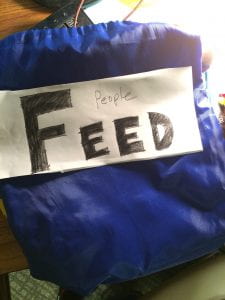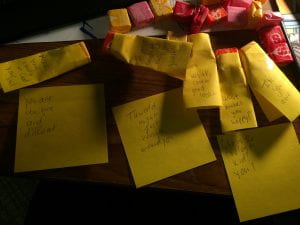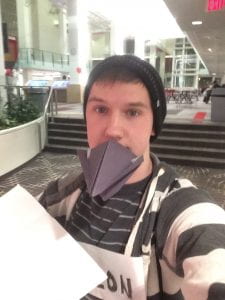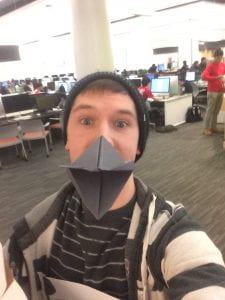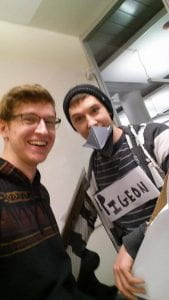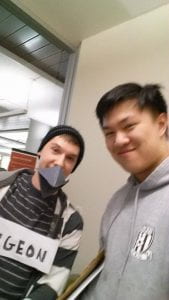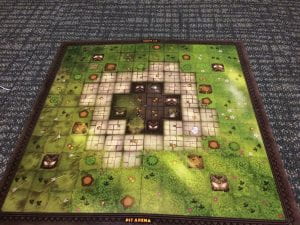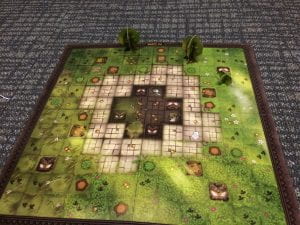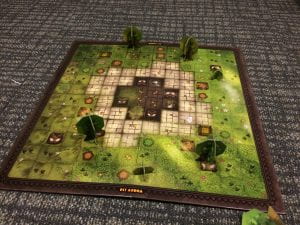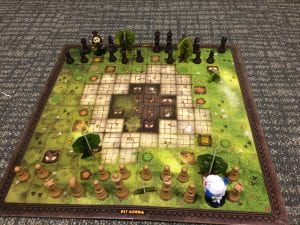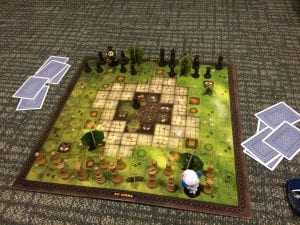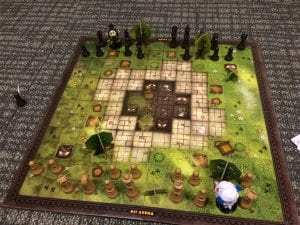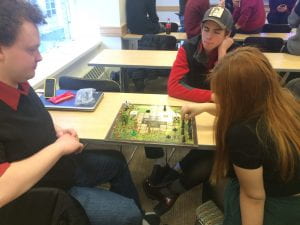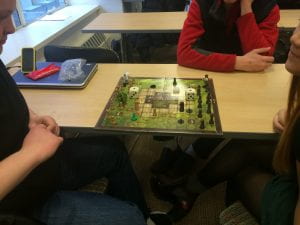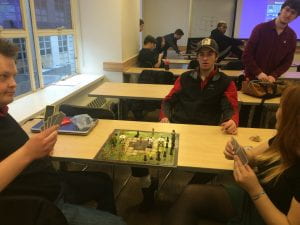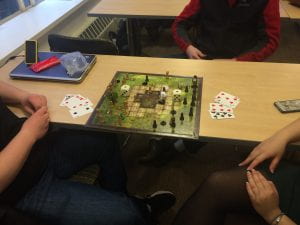RPG Coping
The game turned out quite different from the first iteration, though the overall premise of the game is the same. This game is a kind of metaphorical interpretation of snippets of my life during which my dad had cancer, and unfortunately passed away from it. It is a mix of the literal and metaphorical that I think makes the game work as a sort of autobiographical experience. The game itself is personal and in a way the setting and the game itself are just part of a stage for a story that has already played out.
The changes that occurred after some play testing and exploration is the loss of a 4 act piece, and instead the creation of a more flowing story that just highlights certain life events. There are also almost no aspects of modern times, instead of the proposed half the game being modern, mainly because it detracts from the metaphorical parts of the story. The one modern part that is included highlights the feelings that occurred in real life, and then the game transitions back into fantasy. The story also changed from being so literal to being more about exploration and just figuring out the story as the player goes along.
https://drive.google.com/open?id=0B9Z4EFytsZG7UkppVlNodWJTZ00
The link above has a video of a playthrough of the game, as well as the executable file that can be played if you have RPG Maker VX Ace.
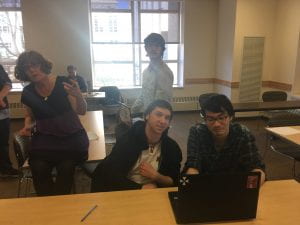
This is an image of the game being played in class, thanks to Texas Ranger(Walker) for taking the picture.
One of the most important parts of this game is that it really isn’t a game. It’s the shell of one. As I said earlier, it’s just a stage for a story, a play in a sense, for something that already happened. It’s an experience in a sense that when people play through it, they get to experience a part of my life, without actually living through it. I chose an RPG setting because, if I could, that’s how I would want to live my life, through a fantasy, quest driven game. The way I structured this game, it metaphorically emulates what I was going through. When I found out my dad had cancer, I just wanted to run, to be able to out run the problem. But no matter where I went, it’s all I thought about. This is represented by the slimes in the game that are ever present, annoying, and slow progress. As time passed, the demons of running away followed me, and the ghosts of my choices and this idea of death haunted me. I also started college, which in the game is the university in the sky, a literal form of “higher education”. The biggest part of this experience, and the reason its called RPG Coping, is because it was a way for me to grapple with my fathers death. It wasn’t easy, and it’s not something I’m still alright with. But in a way it was cathartic to make this game.
There were several influences that lead to the creation of this game. One of the biggest influences was Cynthia Carr and her experiences that she wrote about in her book On Edge. I really appreciated when she wrote about being thrown into the shoes of a couple and the drama that was transpiring between them. I feel like that experience would be genuinely life changing, and in a sense I wanted the game to be that. Of course another influence was Yoko Ono and her views on performances and how she interacts with the audience. I wanted to have the player be a part of my performance, and my life. Games that influenced the work include That Dragon Cancer which is a game about cancer, but with a very different approach, and Dys4ia which also brings up personal experiences. When analyzing the game through the lens of Schrank and his book Avant-garde Video Games: Playing with Technoculture, I would say my game is somewhere in the bottom left quadrant, closer to the middle line, where it shows that my story is somewhat political in the sense of what it’s talking about, but the setting and gameplay are quite formal. It doesn’t deconstruct anything, but instead builds upon and existing world to bring a personal experience to the player.

